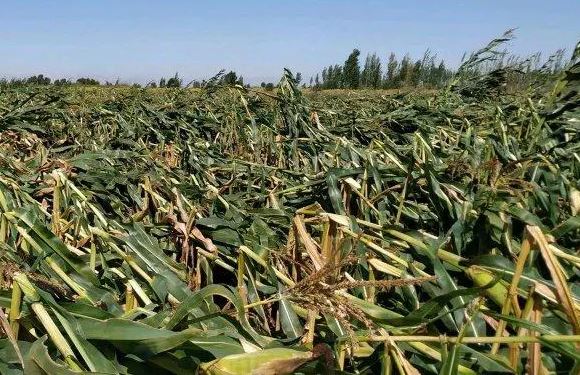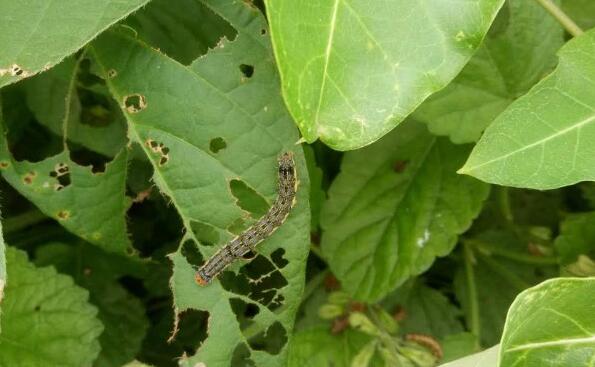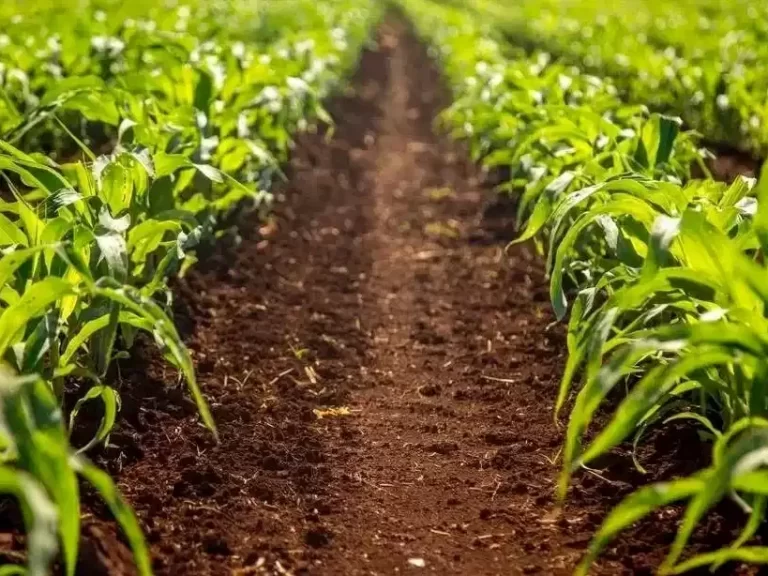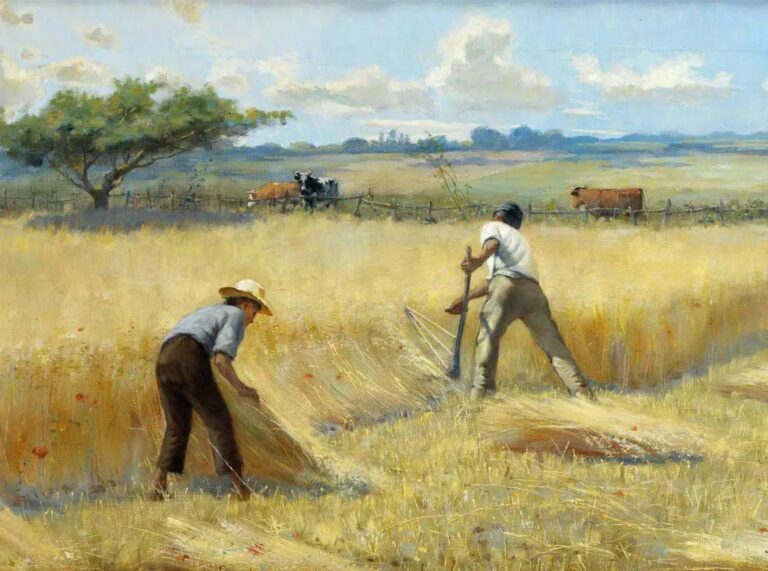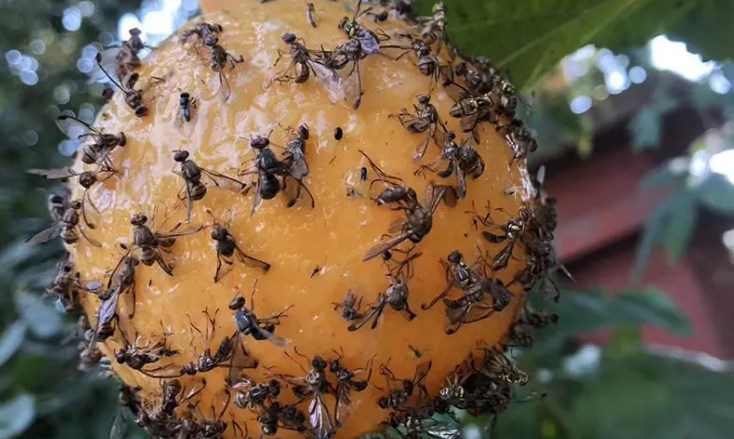- Timing Matters: Many farmers tend to follow a fixed schedule for pesticide spraying, assuming it guarantees pest control. However, this approach is flawed as it can lead to increased costs and rapid development of pesticide resistance. Instead, spraying should be done during the early stages of pest infestation, with regular application of protective fungicides for disease prevention.
- Optimal Spray Volume: More spray does not always mean better results. It’s essential to spray until the foliage is adequately wet but not dripping. Scientific studies show that excess spray leads to wastage and reduced effectiveness. Conversely, using minimal spray with high concentration is also ineffective and can cause phytotoxicity.
- Targeted Application: Different pests require different spraying techniques. For instance, spraying for aphids, thrips, or whiteflies should target the tender parts of the plant, while controlling common diseases involves spraying the lower leaves. For diseases like damping-off or wilt, focus on the base of the stem.
- Proper Mixing: When preparing pesticide solutions, it’s advisable to use the two-step dilution method. Start by dissolving the pesticide in a small amount of water, then add the remaining water gradually. This ensures even distribution of the pesticide in the solution, enhancing its effectiveness.
- Mixing Order: When mixing multiple pesticides or adding foliar fertilizers, the sequence matters. Always start with foliar fertilizers, followed by powdered pesticides, and finally, add liquid formulations. Following this order minimizes interference between chemicals and prevents reduced efficacy or neutralization.
- Spraying Techniques:The choice of spraying equipment and technique significantly impacts efficiency. For manual sprayers, direct the nozzle towards the foliage, ensuring thorough coverage. For mist blowers or high-pressure sprayers, maintain a parallel spray angle above the plants to minimize wastage and maximize coverage. Avoid spraying directly onto the plants, as it can result in runoff and wastage.
By adopting these practices, farmers can optimize pesticide application, achieving better pest control outcomes while minimizing costs and environmental impact.

